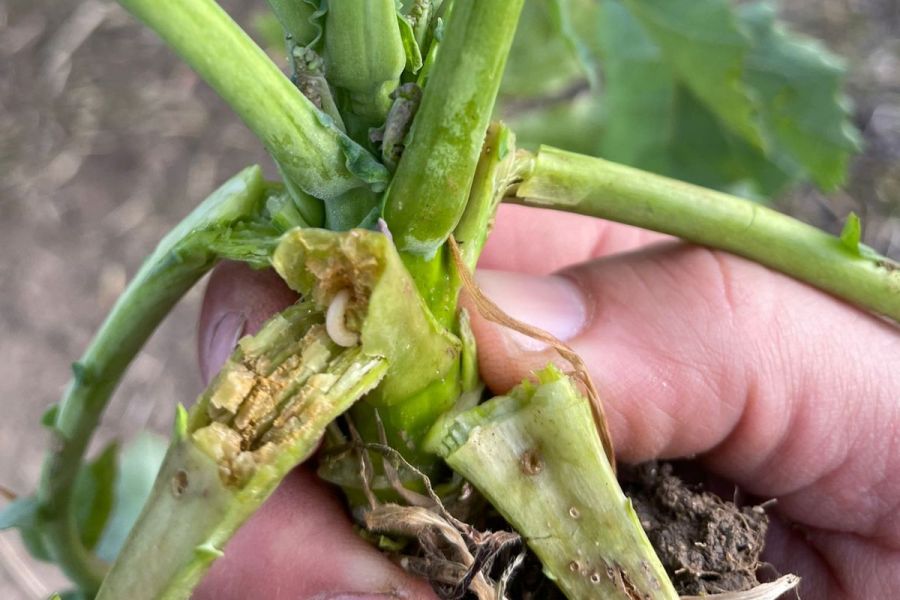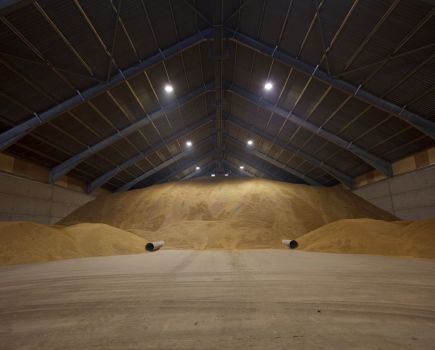Could an emerging pest be responsible for many of the oilseed rape losses often attributed to cabbage stem flea beetle? CPM takes a closer look at rape winter stem weevil, what’s known of this pest and what can be done to tackle it.
“Growers often think they have CSFB and it’s actually RWSW.”
By Melanie Jenkins
Rape winter stem weevil (RWSW) doesn’t seek to disguise itself but for years this pest has been hidden in plain sight, often misidentified as cabbage stem flea beetle (CSFB) and yet its impact can be devastating, causing total crop loss.
Regular Twitter users may have observed oilseed rape losses attributed to a range of causes over the past few months, with a few recognising the presence of RWSW. But Tom Pope, entomologist at Harper Adams University, says he has often had to correct people who assume the pest is CSFB. “Growers often think they have CSFB and it’s actually RWSW, so there’s a degree of confusion out there,” he says.
Nottinghamshire-based independent agronomist Andrew Wells feels that farmers are very good at identifying CSFB, but, like Tom, every year he sees photos on social media of mislabeled CFSB larvae that are actually RWSW. “There’s a lot of misidentification and it’s important for growers to understand that this is a different pest which requires a different approach and control strategy.”

Tom Pope has been aware of anecdotal reports of RWSW becoming an increasingly important pest over the past 15 years.
Further confusion can occur between RWSW and cabbage stem weevil, highlights Tom. “Cabbage stem weevil enters OSR crops from around April time, after RWSW have left the crop. If growers were to cut stems open after stem elongation, they may see several larvae inside but these will be cabbage stem weevil. Importantly, cabbage stem weevil is far less damaging than RWSW and the two species of weevil don’t coexist in plants but do look almost identical.”
Tom has been aware of anecdotal reports of RWSW becoming an increasingly important pest over the past 15 years. However, this trend is not currently reflected in the annual Defra Survey of Crop Pests and Diseases, although this may reflect the patchy distribution of the pest, he says.
Andrew has had experience with RWSW over a much longer period. “I’ve been working in Lincolnshire and Nottinghamshire for over 30 years and back in the late 1980s, I became aware of some areas suffering from RWSW damage, and some more than others, but it tended not to cause a lot of crop damage.
“There’s definitely a geographic element to where it’s seen, with crops on lighter soils seeming to attract the pest more. But growing OSR on clay doesn’t mean there won’t be a problem,” he says.
Moving into the 1990s and 2000s, for economic reasons OSR rotations were reduced to around two years, says Andrew. “We lost a lot of aggressive insecticides for safety reasons, and we started to see a lot more pest pressure in OSR because of the tight rotations. But the whole time we still had neonicotinoids to help us grow crops pretty successfully. Despite this, the insecticides weren’t providing long enough protection throughout the autumn period to entirely stop RWSW.”
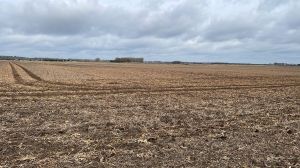
RWSW larvae can kill plants or cause them to produce lots of lateral shoots.
Tom’s impression is that RWSW has been more of a problem in the East and through the central spine of the country and into the North of England and Scotland. “In these areas growers were previously relying on neonicotinoids and there may have been incidental control of the pest then, but this has all changed now. Today, many farmers may also have stopped using pyrethroids to manage CSFB, which, if correctly timed may have given some control of RWSW.”
Andrew agrees. “Once we lost neonicotinoids, pest pressures got a lot worse. And this certainly became more of an issue when the number of pyrethroid applications in September and October were reduced. But what I don’t know, and no research can tell me, is whether adult RWSW are resistant to pyrethroids. I suspect there must be some resistance because the pest has been exposed to them for decades.”
As far as Tom’s aware, there’s no confirmed insecticide resistance but he accepts that this could have built up. “There’s a knowledge gap here in terms of insecticide resistance specifically and effective management of this pest in general.”
A key way to differentiate the pest from CSFB is through the specific markings on the bodies of the larvae, says Tom. “CSFB larvae have a dark head capsule and a body covered in dark spots with a characteristic tail plate and, crucially, three pairs of legs.
“RWSW larvae, on the other hand, have a chestnut brown head and a creamy white body with no legs. Growers often have one pest or the other so there’s not the opportunity to compare and contrast, however, they can occur simultaneously and coexist in plants,” he explains.
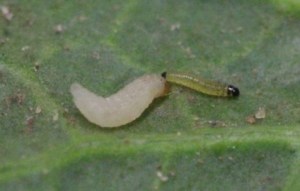
RWSW larvae have a chestnut brown head and a creamy white body with no legs whereas CSFB larvae have a dark head capsule, a body covered in dark spots and three pairs of legs.
Andrew believes that by understanding the life cycle of RWSW, growers will be better able to do something to disrupt this and prevent some of the damage the pest can cause. “Farmers are obviously trying to do things to control CSFB and then are finding larvae in their crops in winter and spring and misidentifying RWSW for the more familiar pest.”
One of the difficulties in recognising the pest isn’t just because it isn’t talked about that much, but because RWSW and CSFB move into OSR crops around the same time, explains Tom. “This happens as crops establish in the autumn. And whereas CSFB lay their eggs in the soil and larvae invade plants once they’ve hatched, RWSW lay their eggs in the junction between leaf petiole and stem over a period of several weeks or months, depending on conditions.”
In Andrew’s experience, adult RWSW move into crops from mid-September onwards. “I think it’s unlikely you’ll find them in the crop in August or early September. And according to the published biology of the pest, RWSW can be in the crop but may not have started to lay eggs until late September/early October. So, this is the only window available where there’s a chance of controlling adults with pyrethroid insecticides.
“My strategy has been to apply an insecticide at this point to disrupt and limit egg laying because if you don’t get control in that period, there’s probably nothing else you can do. I find the pest incredibly difficult to find in crops and I have colleagues who put sticky traps out to identify their presence. You have to take a view as to whether you consider there’s a risk and treat accordingly. Almost a spray and pray approach.”
RWSW larvae burrow into the stems and feed at the base of the stems throughout winter and will continue to feed inside the plant until early spring, when they leave and pupate in the soil, says Tom. “The adults then emerge and cause no further damage, going into diapause until the next OSR crop is drilled in autumn.
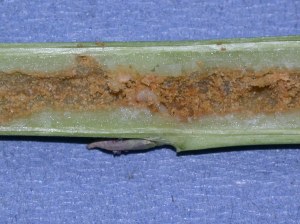
RWSW larvae burrow into the stems and feed at the base of the stems throughout winter, continuing to feed inside the plant until early spring.
“RWSW will either kills plants or cause them to produce lots of lateral shoots, resulting in extended flowering and ripening,” he explains. “This results in a negative effect on yield and problems at harvest because the plants mature at different times, which is something you don’t see with CSFB damage. There is little information on the yield impact of RWSW if the plant isn’t killed but whole areas of a crop can be destroyed by this pest.
“This pest has been underreported and urgently requires research,” he stresses. “RWSW hasn’t been considered an important pest to warrant detailed research into, but based on anecdotal evidence, it could be worth that investment of time and resource. However, we don’t know if it’s suddenly having more of an impact or whether there’s increasing awareness of the pest as people post photos online and share experiences of damage caused by it.”
Andrew feels there’s a desperate requirement for some near-market research. “This could help the industry tackle the pest responsibly and, possibly, in an environmentally friendly way. I’d like to think we could make some improvements quite quickly.”
Growers are asking for information on the pest, adds Tom. “But there’s very little up to date information to report.”
This article was taken from the latest issue of CPM. Read the article in full here.
For more articles like this, subscribe here.
Sign up for Crop Production Magazine’s FREE e-newsletter here.

